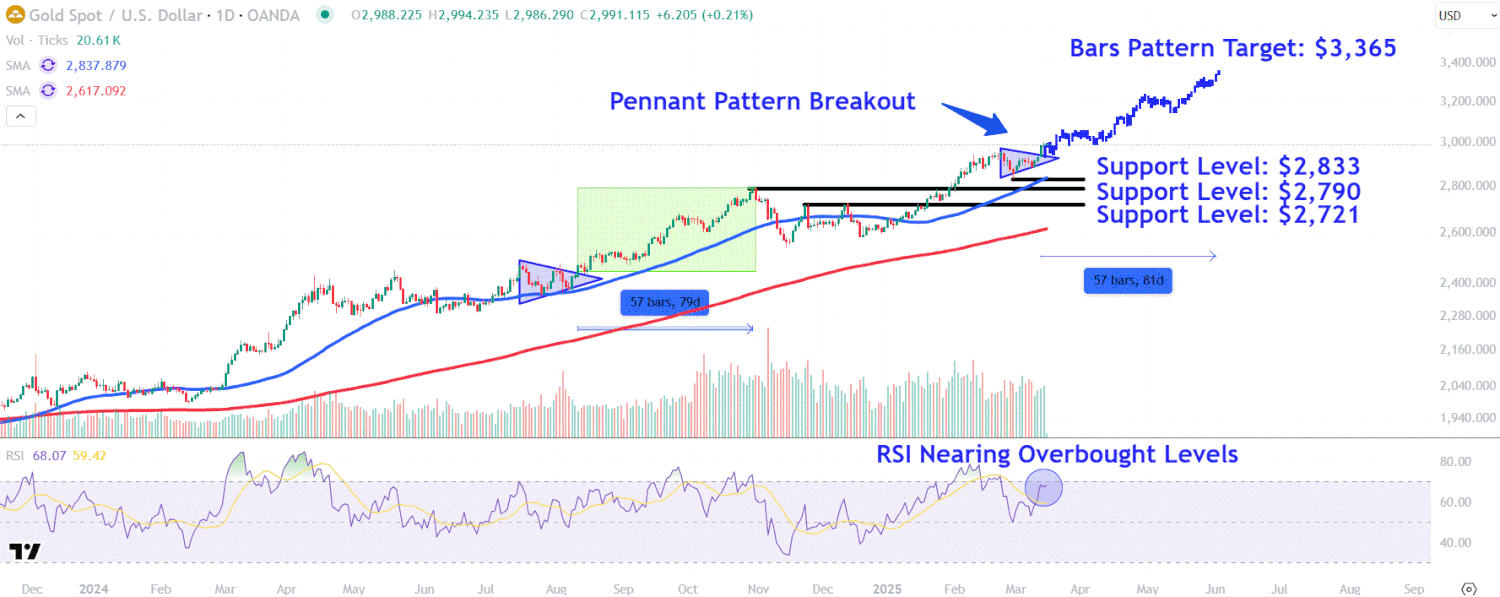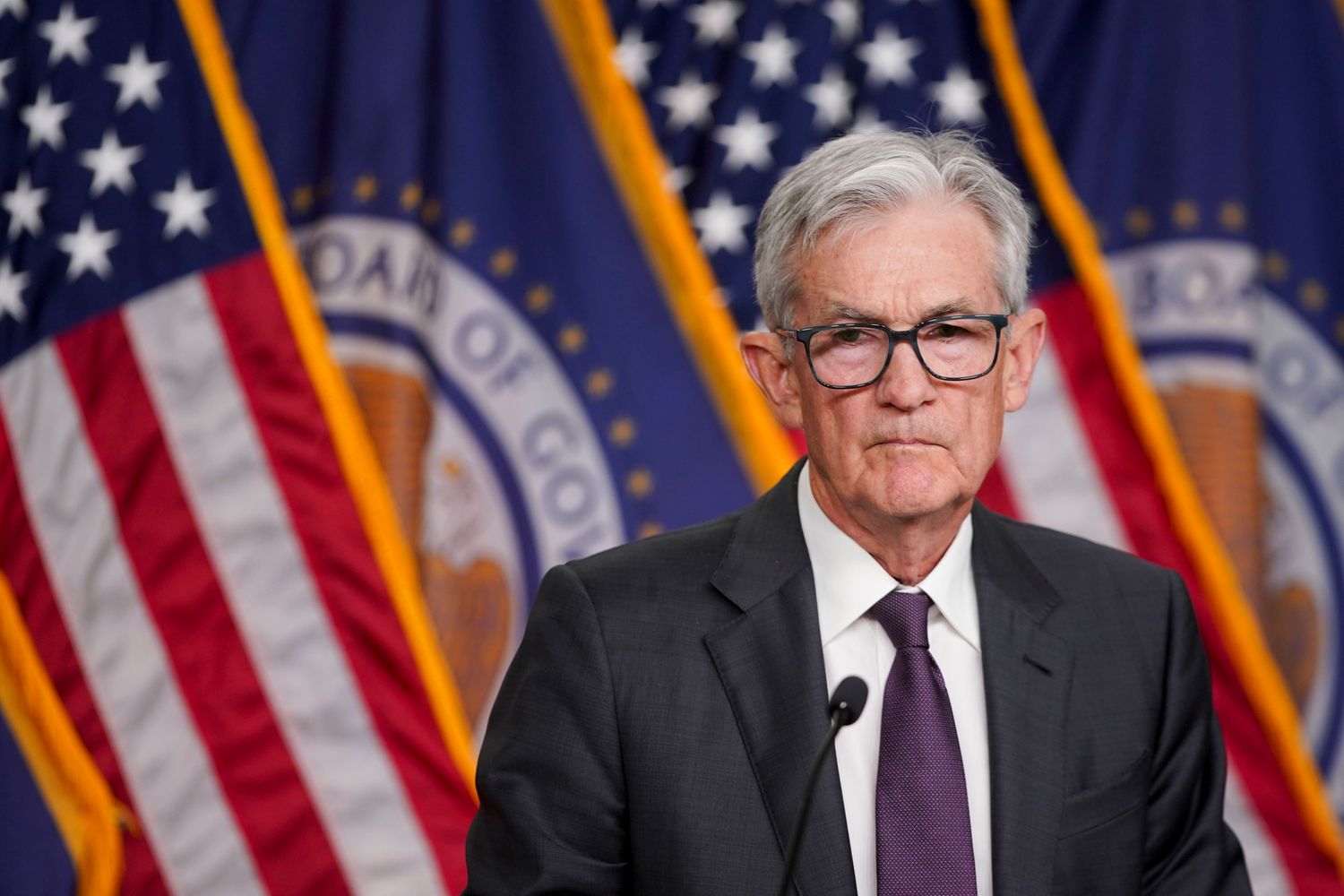Expanding in Africa: How Egypt’s CIB is Pursuing Cross-Border Growth

Looking beyond its home market in Egypt, Commercial International Bank’s (CIB’s) Islam Zekry, group chief finance and operations officer, reveals the bank’s vision to be a key financial partner for African economic expansion. To do this, it is leveraging Kenya as a strategic hub, while prioritising high-growth sectors and supporting SMEs, corporates and Egyptian exporters.
Global Finance (GF): What are CIB’s growth plans for 2025 and beyond across Africa? How will you achieve these?
Islam Zekry (IZ): CIB’s strategy is centered on expanding our footprint in East Africa by leveraging our expertise in corporate, SME and retail banking. Using Kenya as a regional hub, we will extend our reach into other key African markets that have strong trade ties with Egypt.
This growth plan is built on three key pillars: firstly, enhancing accessibility and cost efficiency through mobile and online banking solutions; secondly, leveraging the African Continental Free Trade Area (AfCFTA) to facilitate seamless cross-border transactions; and thirdly, supporting green projects and financial inclusion initiatives to foster long-term economic growth.
With this approach, we aim to deliver tailored financial solutions, enhance the customer experience and drive sustainable growth in Africa’s evolving banking landscape.
GF: Which markets and sectors are the priority for growth?
IZ: By focusing on markets aligned with Egypt’s trade interests and that show economic potential, we are prioritising SME and retail banking, trade finance, digital financial services, sustainable finance, high net worth individuals (HNWIs) and institutional banking.
Within the SME and retail banking sectors, we are supporting Africa’s growing entrepreneurial ecosystem via tailored financial products. Further, by expanding our digital financial services we can enhance financial inclusion.
We also strive to integrate ESG and sustainable finance solutions into our operations to cater to the environment and society. For example, we have invested in energy, agriculture and infrastructure to drive economic resilience.
In addition, to better serve HNWIs and institutional banking customers, we have diversified corporate lending into emerging industries.
GF: What is driving CIB’s expansion strategy?
IZ: We have seen a significant increase in the demand for financial services that support intra-African trade through economic integration.
The tailored financial solutions we offer in Kenya are a good example. These enable us to help businesses bridge trade gaps between Egypt and other African countries, while also looking to diversify our offerings and mitigate market risks to capitalise on Africa’s economic potential.
In parallel with this, CIB’s expertise in trade finance has positioned us as a key facilitator of trade between Egypt and Kenya, supporting import and export activities, supply chain finance and cross-border transactions.
We have also developed a five-year financial inclusion strategy to provide vulnerable segments with easy access to financial services using digital solutions.
GF: How does the bank’s expansion path serve as a gateway to future growth in Africa?
IZ: Kenya has several strategic advantages that enable it to be a regional financial hub and critical trade corridor between Egypt and the broader East African region.
We have already capitalised on Kenya’s leadership in digital and SME banking by providing a scalable model for financial inclusion across Africa. Further, Kenya’s enhanced trade finance and corporate banking expertise supports cross-border transactions and strengthens economic ties.
In short, by refining our approach in Kenya, we are creating a blueprint for sustainable growth across Africa.
GF: How will CIB’s client offerings enable it to succeed in efforts to expand regionally?
IZ: CIB’s growth strategy is designed to cater to a diverse range of clients through tailored financial services for SMEs, corporate and retail customers, and institutional investors. This makes us well-positioned to drive meaningful financial growth and inclusion across Africa.
For SMEs, we help them scale efficiently by providing specialised financing, digital banking tools and trade facilitation services. For corporate clients, we have comprehensive trade finance and cash management solutions to streamline transactions across African markets. And for retail customers – including the unbanked population – we offer access to the bank’s digital-centric financial products.
Meanwhile, to attract global institutional investors, we are growing our corporate lending portfolio and creating sustainable finance initiatives.
GF: How will CIB position itself as a key partner for Egyptian exporters expanding into African markets?
IZ: To empower Egyptian exporters looking to expand across Africa, we provide an array of services. Our trade finance solutions range from letters of credit to structured lending to cross-border transaction support. We also run dedicated financing programmes aimed at strengthening Kenyan-Egypt trade ties through specialised funding options for exporters.
In addition, we deliver Africa business desk services to assist key industries such as textiles, consumer durables and construction. Combined with our business forums and trade delegations, we connect Egyptian companies with new opportunities across the continent.
Ultimately, our products and services align with our strategic investments, innovative banking solutions and cross-border partnerships, with the goal to shape the future of banking across Africa, one market at a time.

























